You might recall that the judge in Andersen v. Stability AI —the case in which a group of visual artists sued the makers of several different generative AI platforms for copyright infringement—tossed most of the plaintiffs' claims last year. However, the court allowed the plaintiffs an opportunity to replead. Specifically, the judge said that for their vicarious copyright infringement claims to remain viable, the plaintiffs would have to at least allege that derivative works created using AI programs that generate images in response to user prompts are "substantially similar" to their original copyright-protected works.
The plaintiffs took the judge's ruling to heart. They filed an amended complaint, adding new plaintiffs and using statements by the AI companies' employees on social media to bolster their claims that the AI programs are copying their art. Most interesting to us, however, was the images the plaintiff artists inserted into their amended pleading providing a side-by-side comparison of their original visual works and what they allege is substantially similar AI-generated output. (Plaintiffs in other cases involving written works have been taking notes on the Stability AI decision and similar decisions too, which we'll be writing about in the coming weeks).
The defendants in the Stability AI case have all moved to dismiss. Stability AI did not raise arguments about substantial similarity, but defendants Runway AI, Midjourney, and DeviantArt all did so. Those defendants highlighted some examples that they argued were not similar. They've also argued that recreating stylistic attributes of, or "concepts" and "ideas" similar to those found in, plaintiffs' works, is not copyright infringement. They've also raised other arguments, including that the plaintiff "manipulated" the AI programs to get these results and that at least some of the artists' images have not been registered for copyright protection.
While we don't yet know what the judge thinks about these image comparisons, we found some of them to be pretty striking. We want to know what you think, too.
Will the following comparisons be enough to allege plausible substantial similarity?
Here's an example the plaintiffs submitted from the Stability AI program:
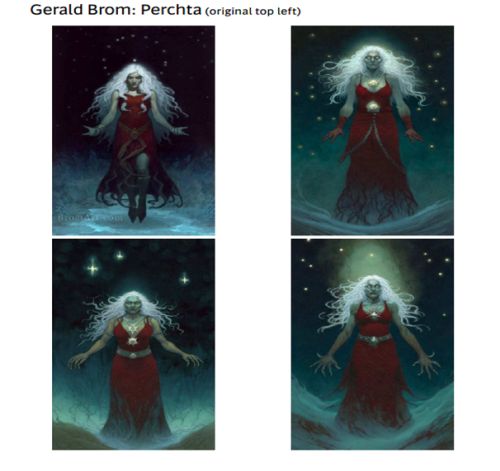
The AI-generated images certainly contain differences in details. But there are also many similarities. Interestingly, derivative works created by the platform Midjourney do not look as similar to us as the original:
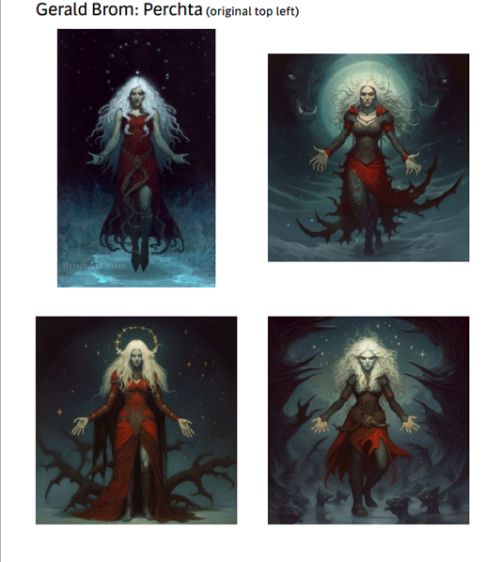
Nor do the examples generated by Runway AI:
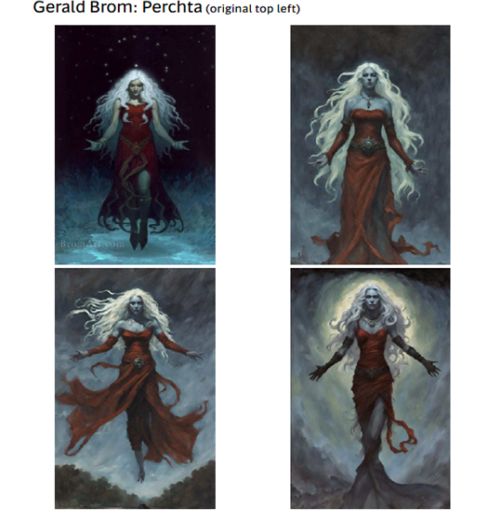
What do you think?
Here's a second example from Stability AI:
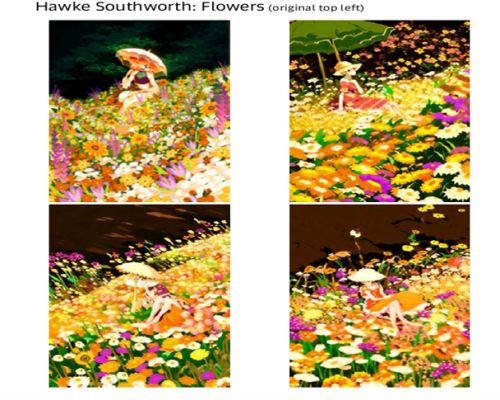
Compare images generated by Midjourney:
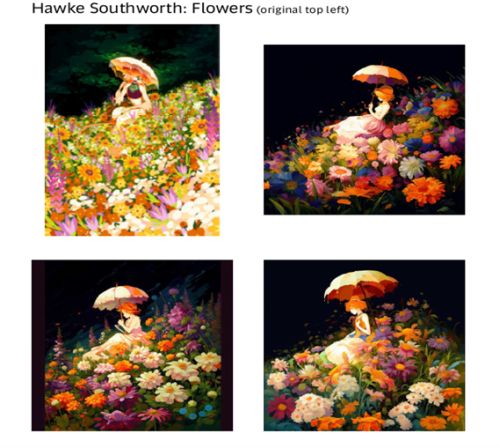
And images generated by Runway AI:
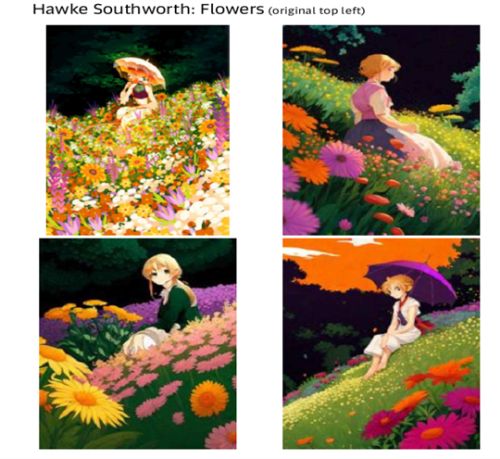
Somewhat different based on the platform used, wouldn't you say?
Here's one last example of Stability AI content cited in the plaintiffs' amended pleading:
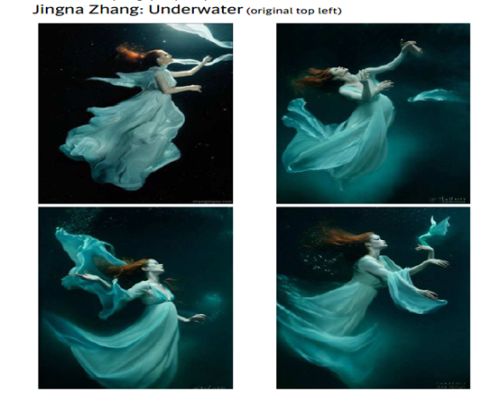
Here are the Midjourney images:
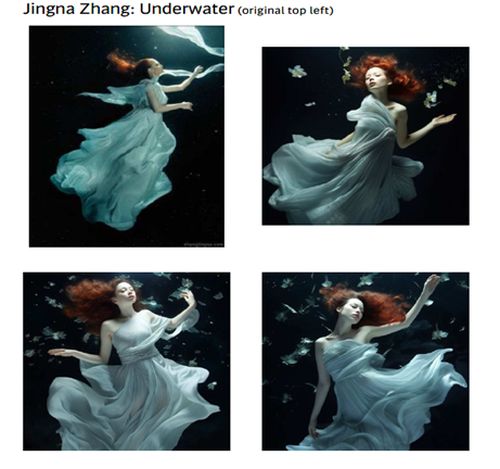
And finally, here are the Runway AI images:
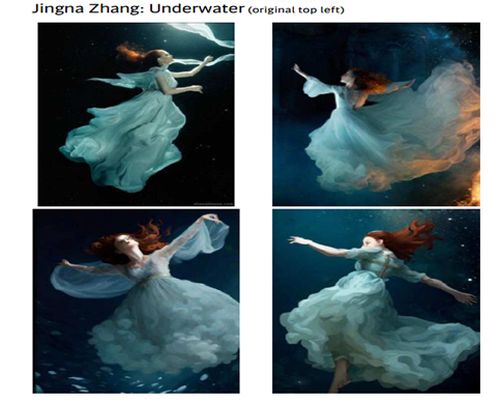
The judge may find that all (or none) of these images may be deemed "substantially similar" enough to survive a motion to dismiss. But it will be interesting to see how the parties argue a line should be drawn, and whether different platforms might be treated differently based on these anecdotal outputs gathered by the plaintiffs.
While we await an official ruling, we'd like to know what you think. Can you predict how the judge will rule here?
Pleaseclick here to access our poll comparing the above images. We'll share the results on our blog next week.
The content of this article is intended to provide a general guide to the subject matter. Specialist advice should be sought about your specific circumstances.
We operate a free-to-view policy, asking only that you register in order to read all of our content. Please login or register to view the rest of this article.


